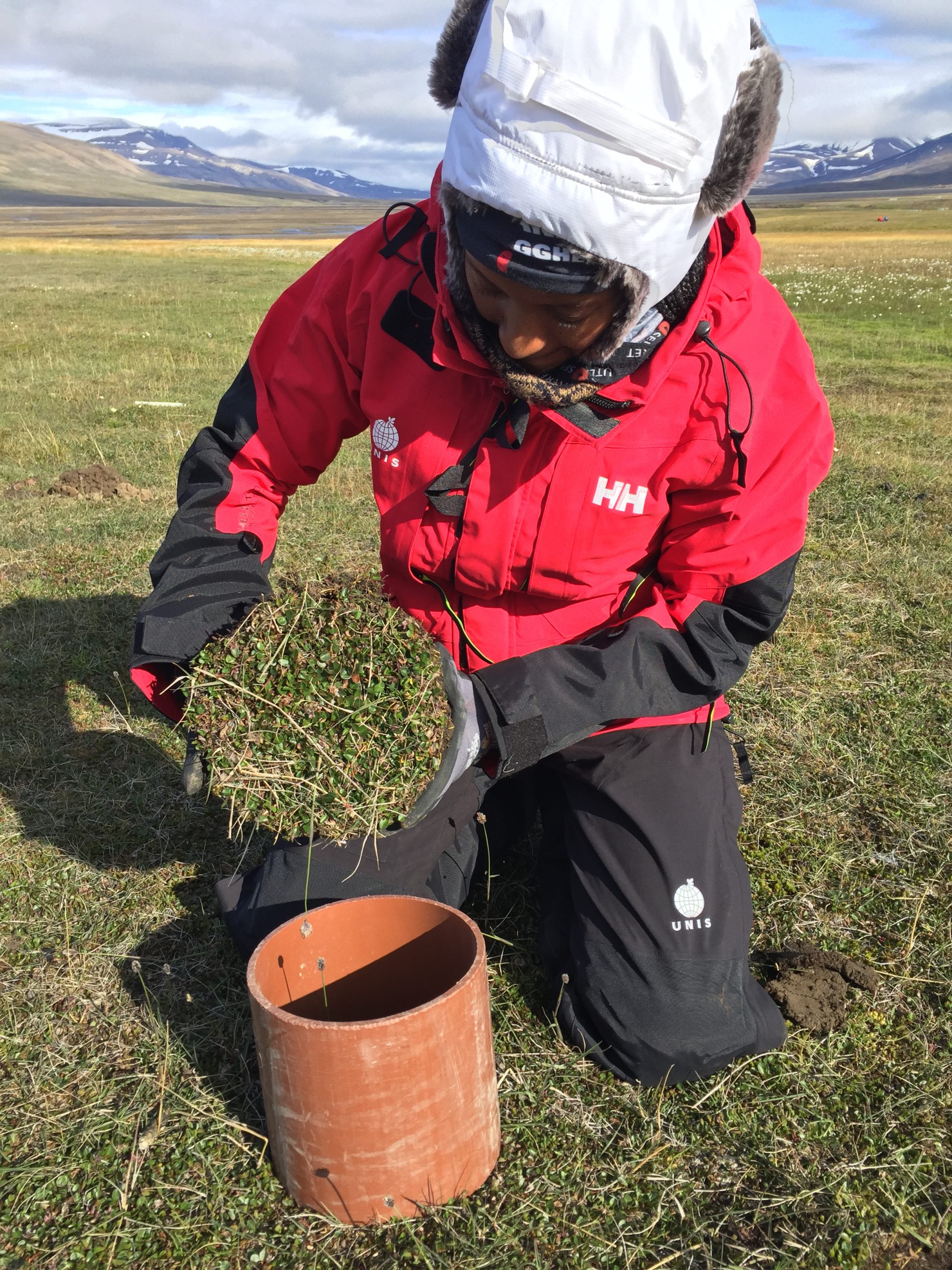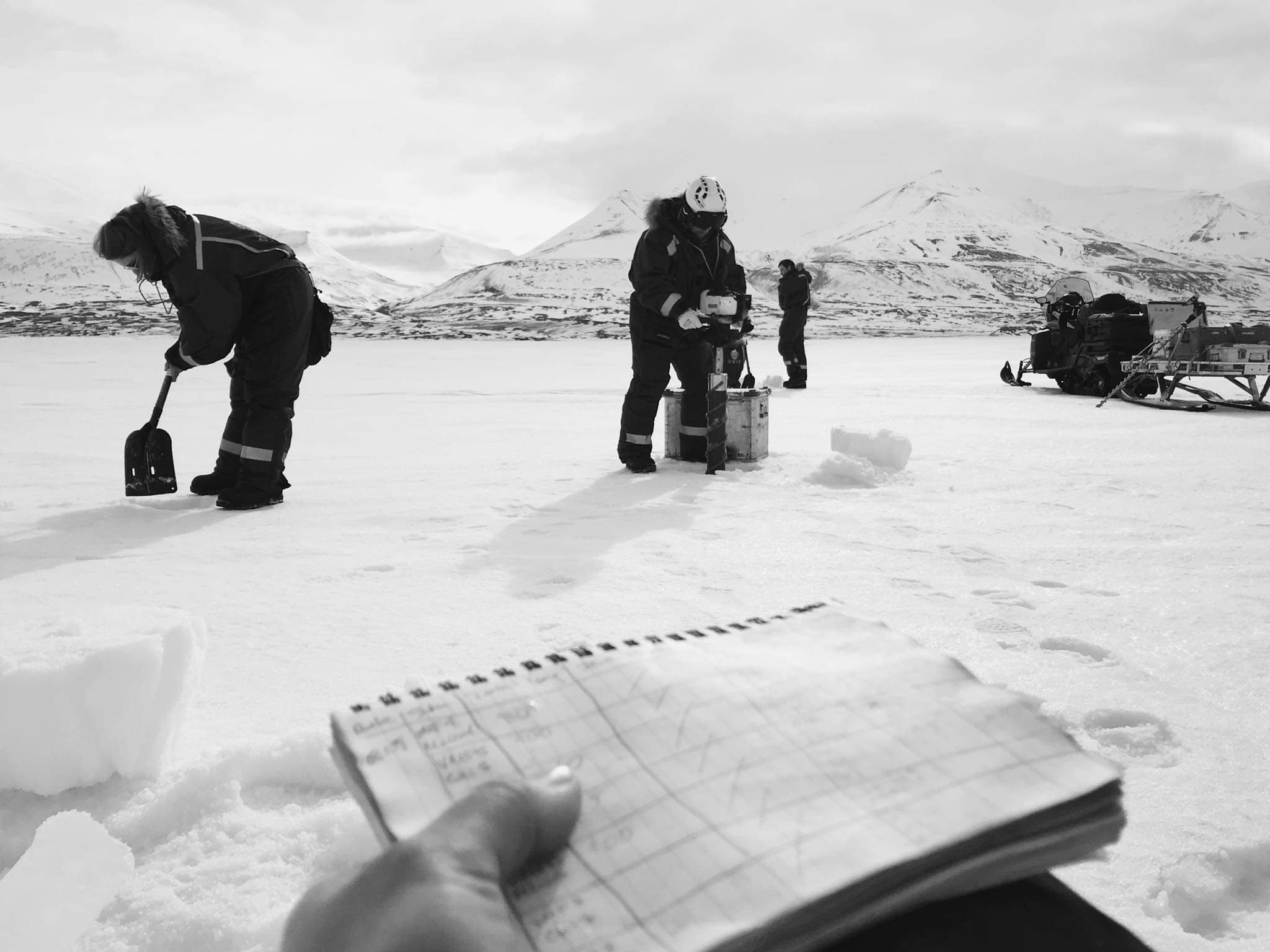Sea ice was a once prevalent feature of the Arctic, but we are in a time of change. Svalbard is one of the most rapidly changing Arctic regions, with fjordic systems changing from an Arctic to an Atlantic state. Alongside this change, is the either lack or unpredictable formation of sea ice. Not only an important habitat for charismatic marine mammals, such as polar bears, sea ice is a whole ecosystem itself. Living within the tiny (<1mm) channels inside of sea ice, a diverse community consisting of viruses, bacteria, ice algae and metazoans can be found. Read More …








